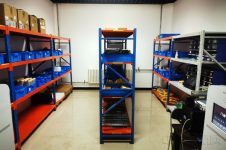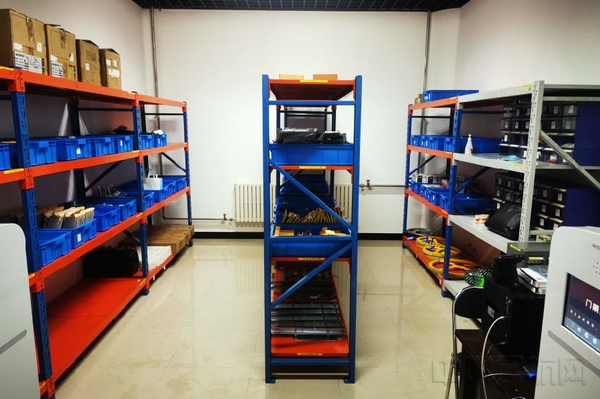
Changchun Airport RFID smart warehouse was put into use
[ad_1]
With the gradual maturity of RFID technology (radio frequency identification: a type of automatic identification technology, non-contact two-way data communication through wireless radio frequency), with its high transmission efficiency, strong information security, wide application range, and simple operation characteristics , Has become the most advanced, convenient and widely used management technology after barcode management technology. It is being widely used by UPS, Fedex, Wal-Mart, Decathlon and other large logistics giants. The RFID baggage tracking system has been listed in the national civil aviation industry. Class airport promotion plan.
The Changchun Airport Equipment Support Department was inspired by this. Aiming at the pain points of high value of equipment inventory and spare parts, wide variety, long service life, scattered use locations, and difficult management, the warehouse management model was innovatively tested and established based on RFID technology. The intelligent warehouse strives to improve the efficiency of warehouse management, so as to realize the management goal of rationally optimizing inventory and increasing the utilization rate of funds.

(Photo courtesy of Changchun Airport)
The warehouse management platform has superior functions, but the new construction and entry process are relatively cumbersome, and the staff has paid a lot of labor for this, focusing on shelf planning, catalog classification, label binding and information collection for more than two months. After installation and debugging, a total of RFID tags have been installed. More than ten species, more than 2,600, the first phase of the Changchun Airport intelligent warehouse has recently been completed. In this phase of construction, a warehouse RFID asset management system platform has been established, a warehouse spare parts management system and standards have been established, management automation processes have been upgraded, and the expected functions and characteristics have been realized:
First, the management platform uses the sensing concept of the Internet of Things, adopts the B/S architecture, and uses RFID technology to automatically find tags and RFID supporting equipment. The platform covers purchase management, warehouse management, fixed asset management, tool management, and operation and maintenance. With functions such as management and statistical analysis, we can fully grasp the information of various dimensions of various assets, and realize the automation, informatization and digitization of warehouse management.
Second, the original manual management model does not have an electronic information database, and it is impossible to query the basic information and use status of spare parts and tools. The inventory status is not comprehensive enough, which is easy to cause subjective randomness in procurement, resulting in repeated purchases of individual spare parts for long periods of idleness and inventory. Insufficiency cannot be supplemented in time, spare parts run over time and other problems. This transformation reengineered the warehouse management workflow at the management system level, sorting out and optimizing the process from requisition, arrival acceptance, warehousing, outgoing, inventory, scrapping, and data statistics to truly realize the full life cycle management of spare parts.
Third, the original warehouse management has problems such as heavy workload, low efficiency, lack of accurate real-time data, and poor predictability of purchasing replacement parts. Through intelligent means, high-efficiency and error-free batch storage and retrieval of spare parts are realized, and the inventory time can be shortened from the original 4 hours to 5 minutes. At the same time, it realizes the management of the spare parts asset system, which can quickly query and count, provide a basis for rational allocation of resources, decision-making procurement and maintenance, greatly improve work efficiency, and improve the quality of equipment maintenance work.
Fourth, in actual operation, the hand-held scanner and RFID tray are used to automatically and quickly collect labeled spare parts and classify and encode them in the links of arrival inspection, warehousing, outgoing, and inventory counting. RFID readers are installed at the entrance and exit of the warehouse, so that the items in and out of the warehouse have the functions of recording, inspection, alarming and generation of outbound orders. At the same time, it has functions such as reserve quota management and inventory automatic early warning, so that each kind of spare parts from procurement to scrapping, full life cycle full-dimensional information collection, full process accurate tracking, comprehensive management sharing, realizing procurement and approaching scrap period analysis, resource allocation , Forecast and early warning, optimization control and other auxiliary decision-making.
Integrating technology to improve the efficiency of warehouse management, innovative management assists the construction of the “four-type airport”, and the construction of intelligent warehouses brings Changchun Airport to a new level of intelligent management, refined management, and process management. Changchun Airport will continue to deepen the organic integration of new technology and business work, and make more explorations for the intelligent maintenance and operation of equipment.
[ad_2]





